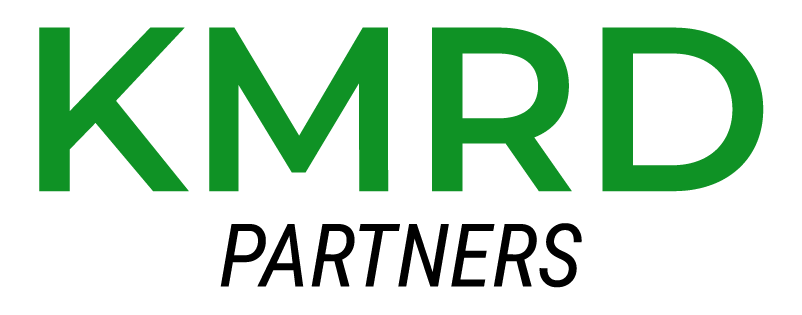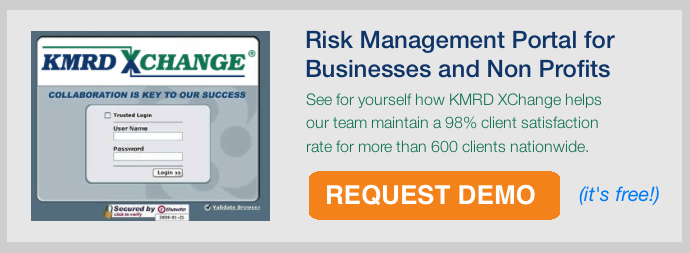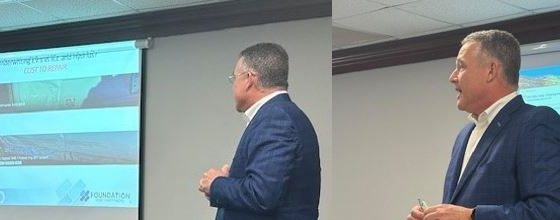6 Critical Insurance Provisions in Commercial Leases
Make sure to allow your insurance professional to review the insurance provisions in commercial leases prior to signing the documents. Why? Because the insurance-related risks are not always obvious and might result in a costly uninsured surprise.
Commercial lease agreements can be complex and time consuming to negotiate. Business owners often fail to consult with their P&C insurance brokers on the implications of these contracts to their insurance needs or obligations. Many times, their insurance agents are not qualified to extract all of the risks related to insurance provisions in commercial leases. Doing this leaves insurable exposures unattended. And failure to dovetail your commercial insurance program with your lease obligations can lead to significant uninsured risks and even bankruptcy.
Want to talk with an expert to learn how to mitigate risks related to insurance provisions? Call 866-957-5673 or send us an email.
Below are 6 critical risk and insurance provisions in commercial leases you and your attorney should understand
- Who is Responsible for Insuring What? Well written insurance provisions in commercial leases will clearly define each party’s insurance obligation. Too often, this language is written by an attorney who is not familiar with insurance terms creating vagueness and misunderstandings. For example, a lease could read as follows: “Tenant is responsible for insuring their personal property and leasehold improvements…. Landlord is responsible for insuring the building….” In this case, your insurance representative should review and assist in making sure the language to ensure your policy will respond as it should.
- Insurance Requirements of Both Parties – Many leases only include insurance requirements of the Tenant. But, in these cases, the Tenant might be left with significant exposure if the landlord does not purchase adequate insurance as well. Both parties should be required to purchase property insurance for the obligations noted above and also other policies, including: general liability, auto liability, and workers compensation. Each party should name each other as an additional insured. We can share a myriad of stories of how a lack of these coverages caused a financial burden when an accident occurred. Of course, a requirement for both parties to provide evidence of insurance is recommended as well.
- Who Carries the Liability Burden and Where? Leases (almost always) define what areas of the building, or plot, the tenant is responsible for. For example, the tenant is typically responsible for the actual space they occupy. If an employee or visitor slips and falls in the tenant’s space, the lease allows for the landlord to tender any law suits filed against them to the tenant’s insurance program. This becomes possible because the landlord is required to be named as an additional insured on the tenant’s insurance policy. The landlord typical asks to be held harmless and requires indemnification as well. We recommend the landlord also be required to add the tenant as an additional insured on the landlord’s general liability policy and be held harmless and indemnified for claims arising out of incidents which occur in the areas the landlord is responsible to maintain such as the parking lot, common lobby, or even the roof where work is being done by contractors.
- Do you have enough coverage for your leasehold improvements? Leasehold improvements include the alterations to a location to accommodate your operations such as internal walls, carpeting, trim, etc. A typical property policy can provide coverage for leasehold improvements as part of the policy’s personal property limit. We often find that companies only purchase enough insurance for their personal property such as their stock, furniture, printers, phone systems, computers, etc. Make sure to include all the right insurance provisions in commercial leases to have enough coverage for leasehold improvements.
See also: Other Blog Posts on the Importance of Well Structured Contracts
- Waiving your Carriers’ Rights of Subrogation Against Each Other – Subrogation is a term describing an insurance company’s right to legally pursue reimbursement of payments from the party responsible for causing the loss. My lease mantra is…”Define who is responsible for insuring what. In the event of a loss, obtain the coverage to restore your property and eliminate each other’s carrier from hiring an attorney and filing a lawsuit.” This is what’s known as a “mutual waiver of subrogation” and it should be included in every lease. If it’s not, you could be blamed and sued by a carrier to recover the proceeds needed to re-build an entire building.
- Abatement Provisions / Condemnation – Typical leases include a clause which turns off the lease payments if the building is uninhabitable or condemned for more than 30 to 90 days. It’s important to understand this issue because it impacts the amount of business interruption insurance you may need.
Also see: Understanding Your Business Interruption Insurance
Remember, not all real estate and commercial insurance programs are the same. It’s possible yours might need to be customized to meet your own personal needs and risk appetite. When and if you do engage a risk insurance team, make sure to work with people who fully understand how contracts and insurance provisions impact the business and your bottom line.Republished from Property and Casualty 360
Contact us below to discuss how KMRD can help you mitigate your risks related to insurance provisions in commercial leases.

Bob Dietzel is the Co-Founder and Principal at KMRD Partners Risk & Insurance Solutions, a leading risk management and human capital solutions firm the Philadelphia region.
Contact UsMeet the KMRD Team About KMRD
The content available on or through this e-letter is in no way intended to and shall not be construed to constitute professional medical, health, legal, tax or financial advice. KMRD Partners disclaims any liability or loss in connection with the content contained in this e-letter.
How KMRD Can Help:
KMRD delivers risk management and human capital solutions to over 700 clients nationwide. Our award-winning team, disciplined approach, proven processes, combined with our risk management portal make KMRD the leading choice to improve general liability protection and reduce the overall cost of risk.






